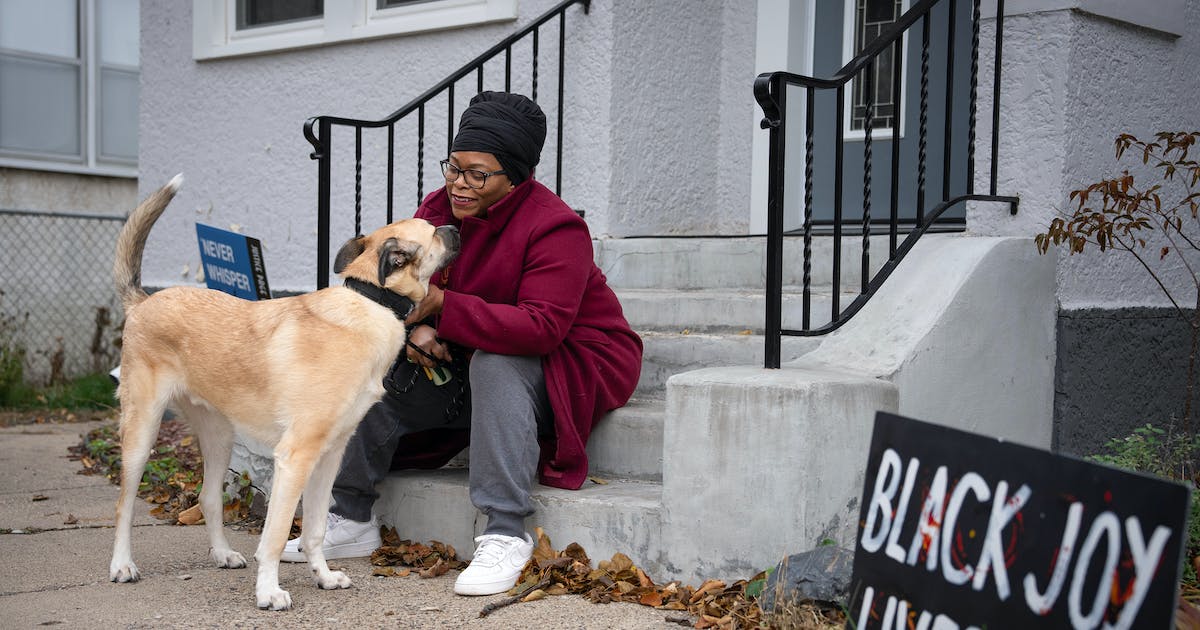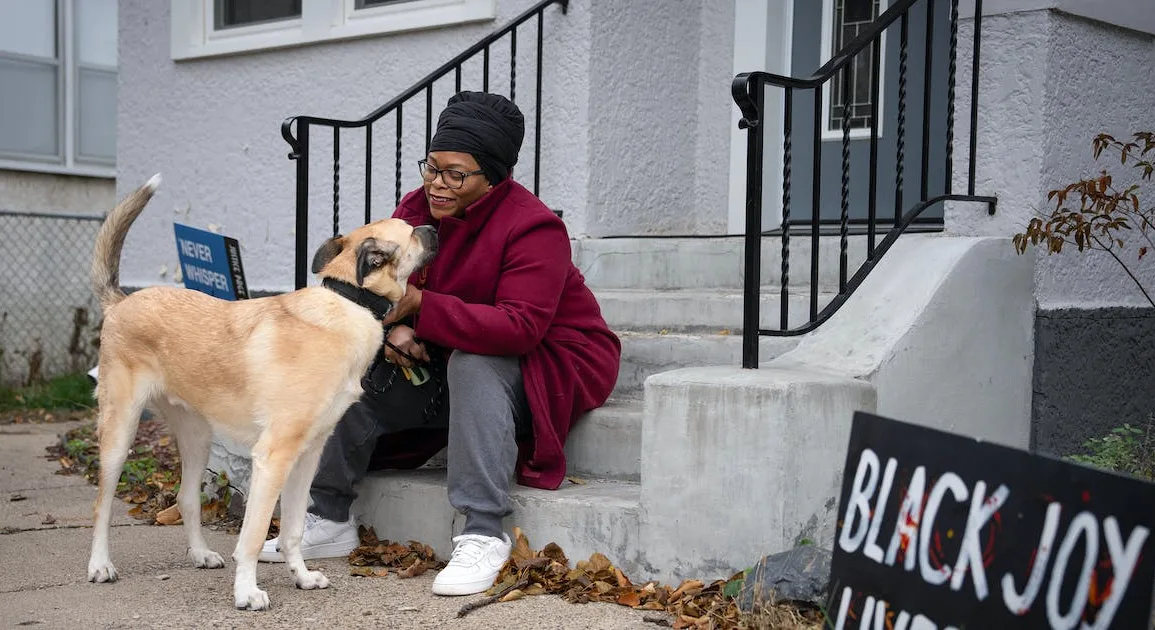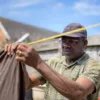
Angela Conley thought it was just a pulled muscle, probably from shoveling January snow. But as the pain between her shoulder blades persisted and her jaw started to hurt, Conley sensed something was wrong and reluctantly called 911.
“I’ll never forget that day,” the Hennepin County commissioner said recently in her downtown Minneapolis office.
That January day, the symptoms didn’t feel that serious for a 45-year-old woman, she said. But Conley was in much worse condition than she realized.
“They showed up with lights and sirens blaring,” Conley said, describing a chaotic scene of medical providers scrambling to help her. “I didn’t know I was having a heart attack, but everyone else did.”
Conley is far from alone.
Heart disease is a well-established killer, second only to cancer in the U.S. But what a lot of people don’t know is that it has a disproportionate impact on Black and Indigenous women.
The American Heart Association says those groups have elevated rates of high blood pressure and diabetes that often appear earlier in life. Left untreated, the conditions can lead to serious cardiovascular problems.
Heart disease kills 50,000 Black women annually in the U.S. Stroke is another leading cause of death for the demographic.
Conley, who is Black and represents the Fourth District on the Hennepin County Board, wants to use what she learned from her unexpected heart attack to help others avoid a similar fate. At Conley’s request, the County Board recently agreed to repurpose $1 million to improve Black and Indigenous women’s heart health.
Conley needed two stents to open blocked arteries and spent several days in the hospital. Before her release, she learned more about her family history, diet and other factors that put her at higher risk for cardiovascular disease.
She also learned that women’s heart attack symptoms can be much different than men’s. Chest tightness and pressure is common for both genders. But women are more likely to experience the symptoms Conley had, like pain between the shoulder blades or along the jawline.
Conley wants more Black and Indigenous women to know the warning signs and to help them understand the best ways to address their risk. That could be anything from preventative care to encouraging more exercise to culturally appropriate healthy cooking classes, she said.
What does Conley hope to change?
Hennepin County’s local cardiovascular statistics are just as alarming as the national picture. In 2021, more than 9,000 residents died of heart disease, according to public health officials.
Black and Indigenous women risk many more “years of potential life lost” than women of other races, largely because they are more likely to suffer from diabetes and hypertension.
Hennepin County heart disease mortality rates are two times greater for Black residents and nearly four times greater for Indigenous residents than those of other races, according to age-adjusted public health data.
“The disparities we are seeing are not new. We have been working on this for a long time and there is more work to do,” said Abbie Zahler, manager of health promotion and chronic disease prevention for Hennepin County.
Zahler praised Conley’s willingness to share her experiences and bring fresh attention to these health challenges.
How the money will be used
About one-third of the money that’s being repurposed will be used to help underserved communities access preventative care. Another third will boost community awareness about how vascular diseases and diabetes affect Black and Indigenous women more often and at younger ages.
The outreach will encourage wellness health visits and lifestyle changes.
The remaining funding will support public health workers to follow up with patients who recently experienced a cardiovascular event to ensure they are doing what is needed to avoid another crisis. This work will also focus on helping survivors deal with how physical health problems can impact their mental wellbeing.
The mental health focus is especially important for Conley, a single mother of four who said she felt guilt and post-traumatic stress after her heart attack.
“I really want to get rid of the disconnect between our mental health and our physical health, because our brains do not exist outside of our bodies,” she said. “It is a very lonely feeling knowing you could have left your family.”



